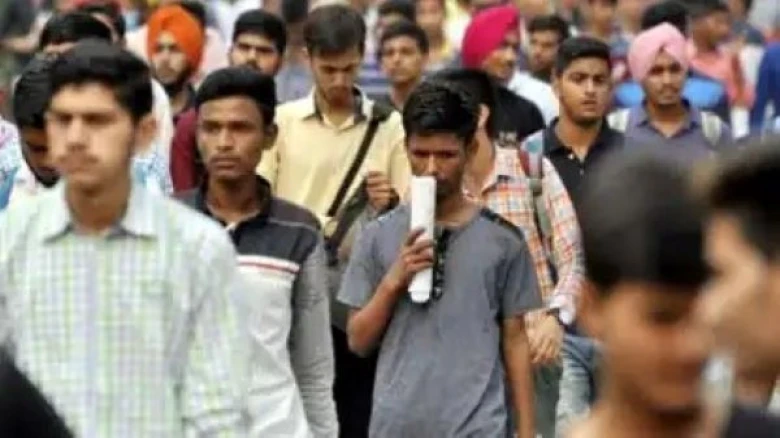Regional

The report raises concerns about stagnant or declining wages, particularly for regular workers and the self-employed
Digital Desk: The International Labour Organisation (ILO) and the Institute of Human Development (IHD) jointly published the India Employment Report 2024, revealing: 83% of India's unemployed population are youth.
The report highlights a troubling trend where the percentage of educated young individuals without jobs has nearly doubled from 35.2% in 2000 to 65.7% in 2022, particularly affecting those with at least secondary education.
Despite a surge in youth employment and underemployment from 2000 to 2019, the COVID-19 pandemic years witnessed a decline in these figures, especially impacting educated youths. While indicators like the Labour Force Participation Rate (LFPR) and Worker Population Ratio (WPR) showed signs of improvement post-2019, questions arise regarding the driving forces behind these changes.
The report raises concerns about stagnant or declining wages, particularly for regular workers and the self-employed. It also highlights disparities in employment outcomes across states, with certain regions consistently facing poor employment indicators.
India faces a critical challenge regarding youth employment, given its demographic advantage. However, this advantage is threatened as the youth population is projected to decrease by 2036. The pandemic worsened the situation, leading to temporary setbacks in youth labour market indicators.
Technological advancements have reshaped job demands, with young people increasingly represented in high-skill jobs and the gig economy. However, job insecurity remains a significant issue, exacerbated by regional disparities across Indian states.
Recent years have seen mixed trends in labour market indicators, with improvements alongside setbacks. The female labour force participation rate, for instance, experienced a notable increase from 2019 onwards, particularly in rural areas.
However, challenges persist, including skill deficits among the workforce and gender disparities in employment. The report underscores the urgent need for targeted interventions to address youth unemployment and foster inclusive economic growth in India.
Leave A Comment